Deep Learning Computer Vision™ CNN, OpenCV, YOLO, SSD & GANs
Loại khoá học: Data Science
2020 Update with TensorFlow 2.0 Support. Become a Pro at Deep Learning Computer Vision! Includes 20+ Real World Projects
Mô tả
Update: June-2020
TensorFlow 2.0 Compatible Code
Windows install guide for TensorFlow2.0 (with Keras), OpenCV4 and Dlib
Deep Learning Computer Vision™ Use Python & Keras to implement CNNs, YOLO, TFOD, R-CNNs, SSDs & GANs + A Free Introduction to OpenCV.
If you want to learn all the latest 2019 concepts in applying Deep Learning to Computer Vision, look no further - this is the course for you! You'll get hands the following Deep Learning frameworks in Python:
Keras
Tensorflow 2.0
TensorFlow Object Detection API
YOLO (DarkNet and DarkFlow)
OpenCV4
All in an easy to use virtual machine, with all libraries pre-installed!
======================================================
Apr 2019 Updates:
How to set up a Cloud GPU on PaperSpace and Train a CIFAR10 AlexNet CNN almost 100 times faster!
Build a Computer Vision API and Web App and host it on AWS using an EC2 Instance!
Mar 2019 Updates:
Newly added Facial Recognition & Credit Card Number Reader Projects
Recognize multiple persons using your webcam
Facial Recognition on the Friends TV Show Characters
Take a picture of a Credit Card, extract and identify the numbers on that card!
======================================================
Computer vision applications involving Deep Learning are booming!
Having Machines that can 'see' will change our world and revolutionize almost every industry out there. Machines or robots that can see will be able to:
Perform surgery and accurately analyze and diagnose you from medical scans.
Enable self-driving cars
Radically change robots allowing us to build robots that can cook, clean and assist us with almost any task
Understand what's being seen in CCTV surveillance videos thus performing security, traffic management and a host of other services
Create Art with amazing Neural Style Transfers and other innovative types of image generation
Simulate many tasks such as Aging faces, modifying live video feeds and realistically replace actors in films
Huge technology companies such as Facebook, Google, Microsoft, Apple, Amazon, and Tesla are all heavily devoting billions to computer vision research.
As a result, the demand for computer vision expertise is growing exponentially!
However, learning computer vision with Deep Learning is hard!
Tutorials are too technical and theoretical
Code is outdated
Beginners just don't know where to start
That's why I made this course!
I spent months developing a proper and complete learning path.
I teach all key concepts logically and without overloading you with mathematical theory while using the most up to date methods.
I created a FREE Virtual Machine with all Deep Learning Libraries (Keras, TensorFlow, OpenCV, TFODI, YOLO, Darkflow etc) installed! This will save you hours of painfully complicated installs
I teach using practical examples and you'll learn by doing 18 projects!
Projects such as:
Handwritten Digit Classification using MNIST
Image Classification using CIFAR10
Dogs vs Cats classifier
Flower Classifier using Flowers-17
Fashion Classifier using FNIST
Monkey Breed Classifier
Fruit Classifier
Simpsons Character Classifier
Using Pre-trained ImageNet Models to classify a 1000 object classes
Age, Gender and Emotion Classification
Finding the Nuclei in Medical Scans using U-Net
Object Detection using a ResNet50 SSD Model built using TensorFlow Object Detection
Object Detection with YOLO V3
A Custom YOLO Object Detector that Detects London Underground Tube Signs
DeepDream
Neural Style Transfers
GANs - Generate Fake Digits
GANs - Age Faces up to 60+ using Age-cGAN
Face Recognition
Credit Card Digit Reader
Using Cloud GPUs on PaperSpace
Build a Computer Vision API and Web App and host it on AWS using an EC2 Instance!
And OpenCV Projects such as:
Live Sketch
Identifying Shapes
Counting Circles and Ellipses
Finding Waldo
Single Object Detectors using OpenCV
Car and Pedestrian Detector using Cascade Classifiers
So if you want to get an excellent foundation in Computer Vision, look no further.
This is the course for you!
In this course, you will discover the power of Computer Vision in Python, and obtain skills to dramatically increase your career prospects as a Computer Vision developer.
======================================================
As for Updates and support:
I will be active daily in the 'questions and answers' area of the course, so you are never on your own.
So, are you ready to get started? Enroll now and start the process of becoming a Master in Computer Vision using Deep Learning today!
======================================================
What previous students have said my other Udemy Course:
"I'm amazed at the possibilities. Very educational, learning more than what I ever thought was possible. Now, being able to actually use it in a practical purpose is intriguing... much more to learn & apply"
"Extremely well taught and informative Computer Vision course! I've trawled the web looking for OpenCV python tutorials resources but this course was by far the best amalgamation of relevant lessons and projects. Loved some of the projects and had lots of fun tinkering them."
"Awesome instructor and course. The explanations are really easy to understand and the materials are very easy to follow. Definitely a really good introduction to image processing."
"I am extremely impressed by this course!! I think this is by far the best Computer Vision course on Udemy. I'm a college student who had previously taken a Computer Vision course in undergrad. This 6.5 hour course blows away my college class by miles!!"
"Rajeev did a great job on this course. I had no idea how computer vision worked and now have a good foundation of concepts and knowledge of practical applications. Rajeev is clear and concise which helps make a complicated subject easy to comprehend for anyone wanting to start building applications."
======================================================
Bạn sẽ học được gì
Yêu cầu
Nội dung khoá học
Viết Bình Luận
Khoá học liên quan

Đăng ký get khoá học Udemy - Unica - Gitiho giá chỉ 50k!
Get khoá học giá rẻ ngay trước khi bị fix.

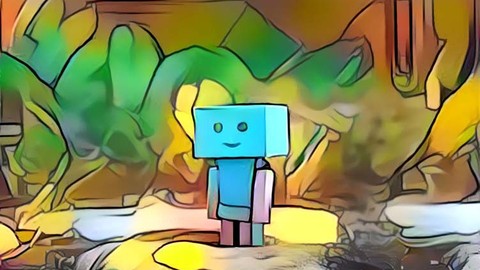

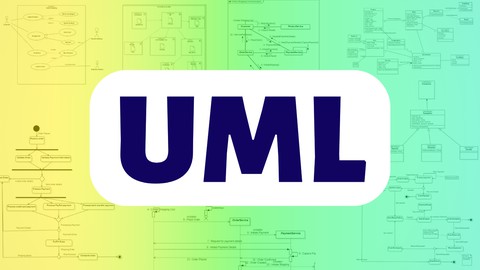
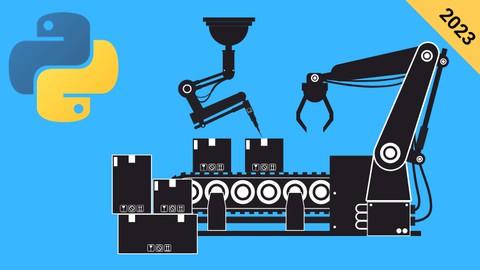
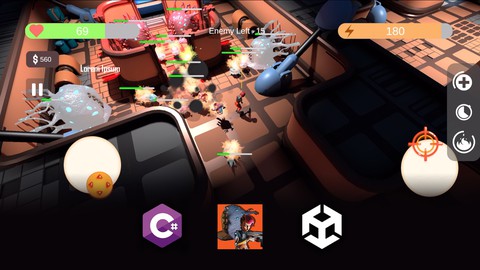

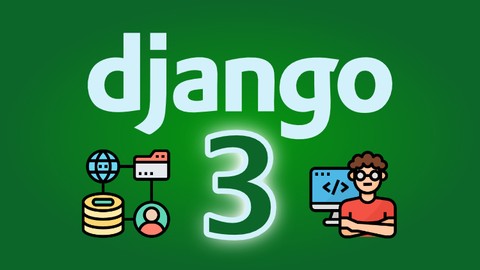
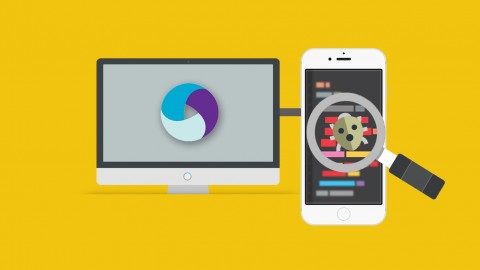



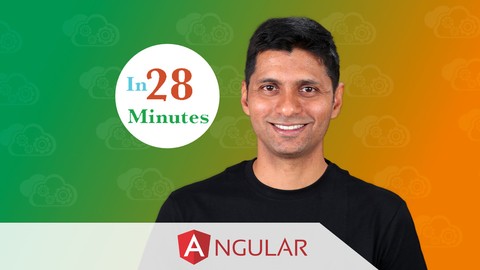
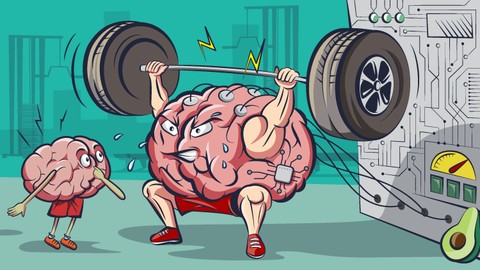

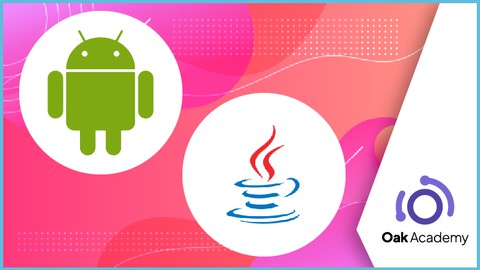
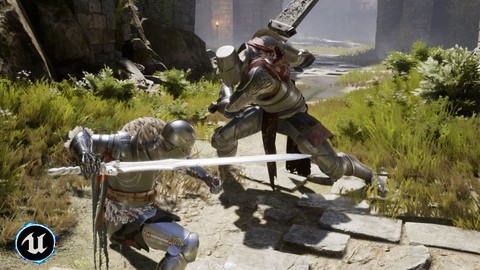

Đánh giá của học viên
Bình luận khách hàng